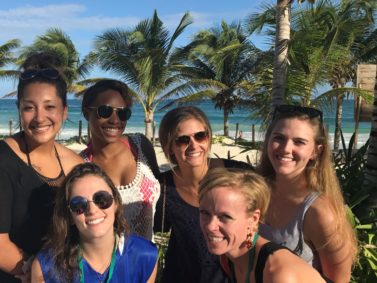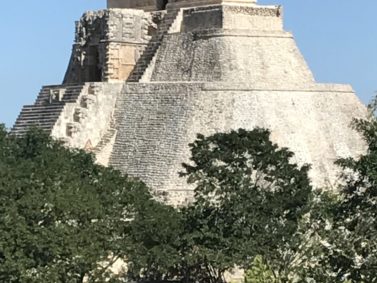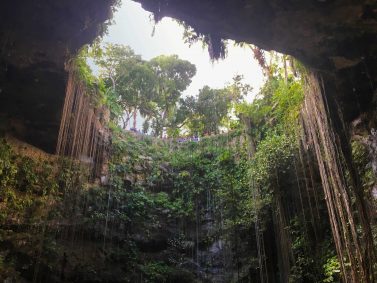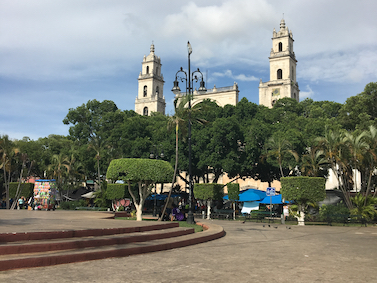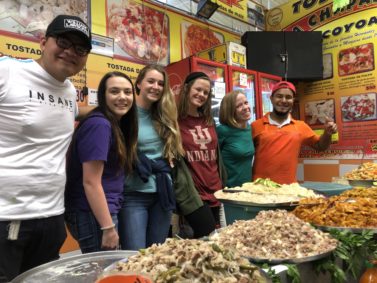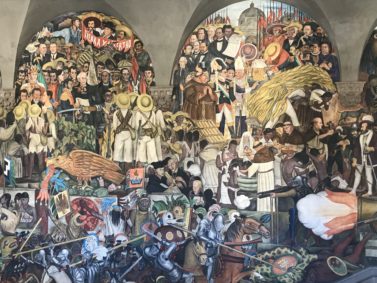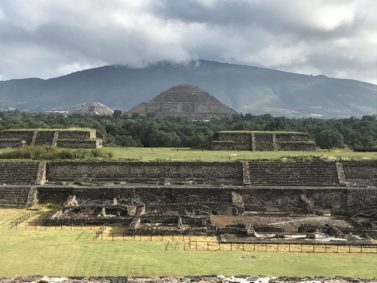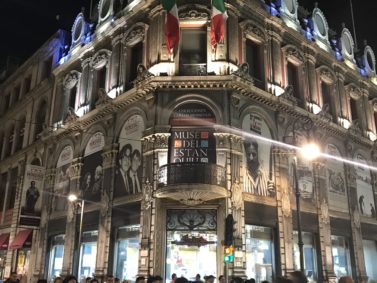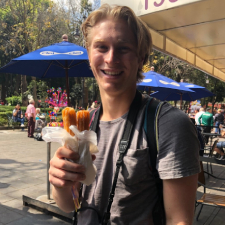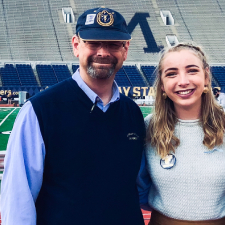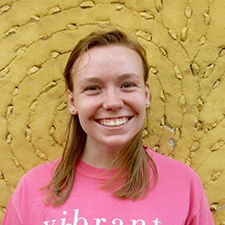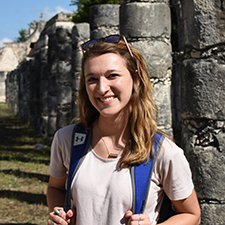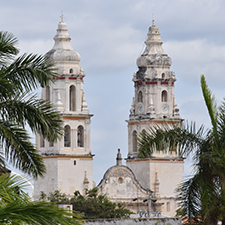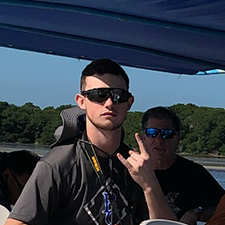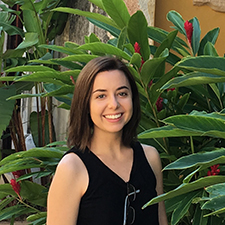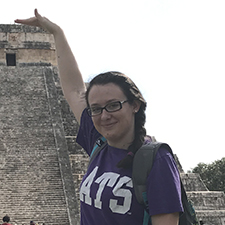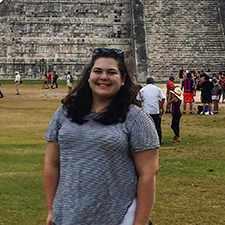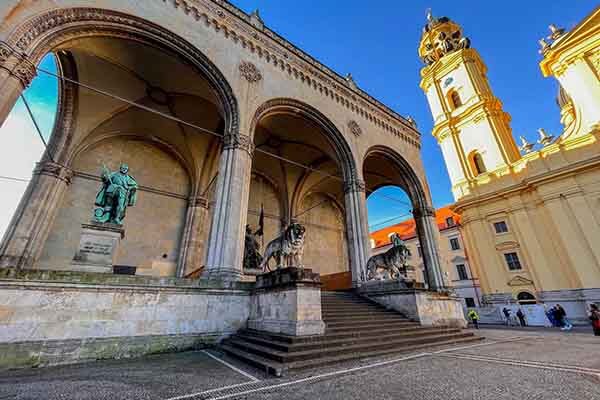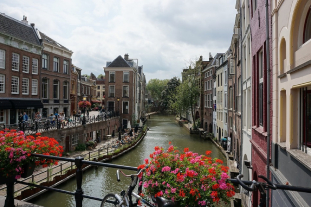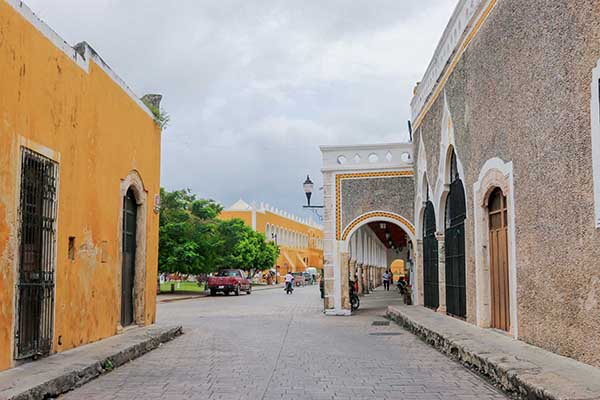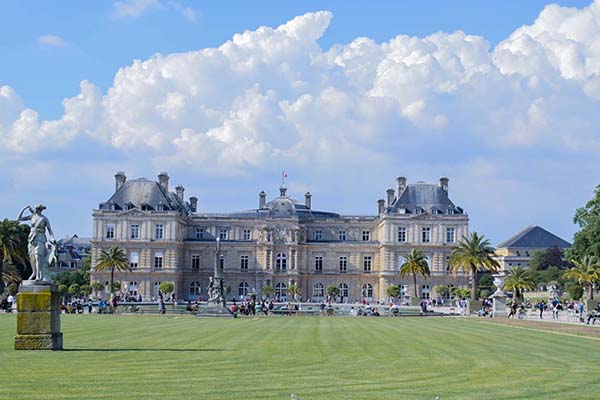Maya Mexico Winter
Dates
December 26, 2024 – January 6, 2025
Subjects
Honors, History, Spanish
Deadlines
Aug. 1: Apply Early & Save $100
Sept. 15: Regular Deadline
Program Overview
During this winter study abroad, we spend four days in Mexico City and seven days in the Yucatan Peninsula. In Mexico City, academic excursions include the Zocalo and Historic Center, the original artwork of Diego Rivera and Frida Kahlo, examination of products and markets, urban digital scavenger hunts, the famous temples of Teotihuacan, and guest lectures by local experts. In the Yucatan, we explore the spectacular Mayan archaeological sites of Chichen Itza and Uxmal, the vibrant markets & neighborhoods of Merida, off-the-beaten-path pueblos, a factory site visit, and a Mayan cenote (optional swim in natural pool). The program concludes with two days in the beach town of Playa del Carmen. Throughout, we employ a “Place as Text” learning model, which inserts students into social environments and fosters close observation of local culture. Note: items above are subject to change.
Note: Studying abroad likely is more physically strenuous than you are used to at home. KIIS study abroad programs typically involve approx. 5-10 miles of walking (approx. 10,000-20,000 steps) or the like in a day, including the possibility of walking, hiking, and climbing stairs in heat and humidity, over elevations at higher altitudes, and over rocky terrain. See Health & Wellness for more information.
All KIIS course credit is awarded by Western Kentucky University. Prior to your KIIS program, please speak with your home campus academic advisor and/or study abroad office to determine course equivalencies. Grades will be transferred to your home institution in late January after the completion of the program. Course offerings are subject to change according to enrollment. For more information, visit Transcripts & Grades.
What's Included
Program Cost: $2,975 + airfare
To help you budget, keep in mind that you are responsible for the cost of your textbooks & materials, passport fees ($165), one meal per day + personal expenses (approx. $300, or if you are an avid shopper, you may consider bringing additional funds), and any fees from your college/university.
Although KIIS tries to foresee all possible expenses in formulating program fees, please note that dramatic fluctuations in foreign currency valuations and/or airline surcharges may affect the total cost of the program.
Student Voices
Take Your Education Further
Description
Dates
December 26, 2024 – January 6, 2025
Subjects
Honors, History, Spanish
Deadlines
Aug. 1: Apply Early & Save $100
Sept. 15: Regular Deadline
Program Overview
During this winter study abroad, we spend four days in Mexico City and seven days in the Yucatan Peninsula. In Mexico City, academic excursions include the Zocalo and Historic Center, the original artwork of Diego Rivera and Frida Kahlo, examination of products and markets, urban digital scavenger hunts, the famous temples of Teotihuacan, and guest lectures by local experts. In the Yucatan, we explore the spectacular Mayan archaeological sites of Chichen Itza and Uxmal, the vibrant markets & neighborhoods of Merida, off-the-beaten-path pueblos, a factory site visit, and a Mayan cenote (optional swim in natural pool). The program concludes with two days in the beach town of Playa del Carmen. Throughout, we employ a “Place as Text” learning model, which inserts students into social environments and fosters close observation of local culture. Note: items above are subject to change.
Note: Studying abroad likely is more physically strenuous than you are used to at home. KIIS study abroad programs typically involve approx. 5-10 miles of walking (approx. 10,000-20,000 steps) or the like in a day, including the possibility of walking, hiking, and climbing stairs in heat and humidity, over elevations at higher altitudes, and over rocky terrain. See Health & Wellness for more information.
All KIIS course credit is awarded by Western Kentucky University. Prior to your KIIS program, please speak with your home campus academic advisor and/or study abroad office to determine course equivalencies. Grades will be transferred to your home institution in late January after the completion of the program. Course offerings are subject to change according to enrollment. For more information, visit Transcripts & Grades.
What's Included
Program Cost: $2,975 + airfare
To help you budget, keep in mind that you are responsible for the cost of your textbooks & materials, passport fees ($165), one meal per day + personal expenses (approx. $300, or if you are an avid shopper, you may consider bringing additional funds), and any fees from your college/university.
Although KIIS tries to foresee all possible expenses in formulating program fees, please note that dramatic fluctuations in foreign currency valuations and/or airline surcharges may affect the total cost of the program.



